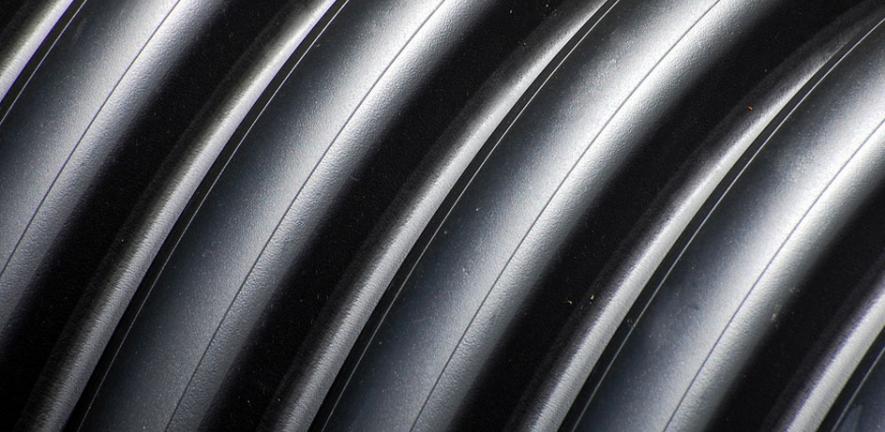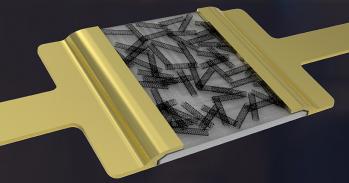
Professor Lindsay Greer, Head of the Department of Materials Science and Metallurgy, highlights the vital role of materials research in meeting many of today’s challenges.
Professor Lindsay Greer, Head of the Department of Materials Science and Metallurgy, highlights the vital role of materials research in meeting many of today’s challenges.
The science of materials has a vital role to play in today’s priority research areas and worldwide ‘grand challenges’ such as energy, sustainability, the information revolution and health.
Today, just as clearly as in the Stone Age, Bronze Age and Iron Age, it is the materials available to us that advance, and yet also limit, our technical reach. Civilisation has been transformed by the advent of new materials: silicon that is ultra-pure and virtually defect-free provides the basis of modern electronics; glasses with ultra-low attenuation are used in optical-fibre telecommunications; nickel-base superalloys are essential for efficient jet engines; superconducting composite wires are used to obtain the high magnetic fields necessary for medical magnetic resonance scanning; and electrically conducting polymers are the basis for an emerging family of low-cost, low-power-consumption flexible displays.
Given the near-ubiquitous importance of materials, it’s no surprise that materials research is diverse and growing in its range and capabilities. This research drives innovation, where better materials enable technological advances, which in turn demand more of material properties. Across Cambridge, researchers are concerned with improving the performance, durability and efficiency of existing materials, and with finding new generations of materials with extraordinary properties.
The science of materials has a vital role to play in today’s priority research areas and worldwide ‘grand challenges’ such as energy, sustainability, the information revolution and health. It is a field in which the University has long played a key part and continues to produce research leaders of world rank.
Cambridge has also been particularly active in generating spin-out companies to apply these new materials, such as: energy-efficient methods of metal extraction (Metalysis), flexible polymers for displays and logic circuits (Cambridge Display Technology and Plastic Logic), scaffolds for tissue regeneration (Orthomimetics), carbon-nanotube fibres (Q-Flo), and magnetic materials for green refrigeration (Camfridge). There is also extensive engagement with industry on other levels: several company-supported laboratories are embedded within the University, working on materials relevant for topics such as aeroengines, electronics and pharmaceutical delivery.
The materials field is intrinsically cross-disciplinary, with bridges to chemistry, engineering, physics and earth sciences, and increasingly also to biology and medicine. This Horizon Seminar will provide a window on Cambridge’s contributions to materials science by bringing together individuals engaged in relevant research from across the University, providing a timely opportunity to experience some of the energy and innovation in Cambridge’s broad-based materials research.
The Horizon Seminar takes place at Magdalene College, Cambridge, on 9 December 2008. For more information and to book online, please visit www.research-horizons.cam.ac.uk
This work is licensed under a Creative Commons Licence. If you use this content on your site please link back to this page.





